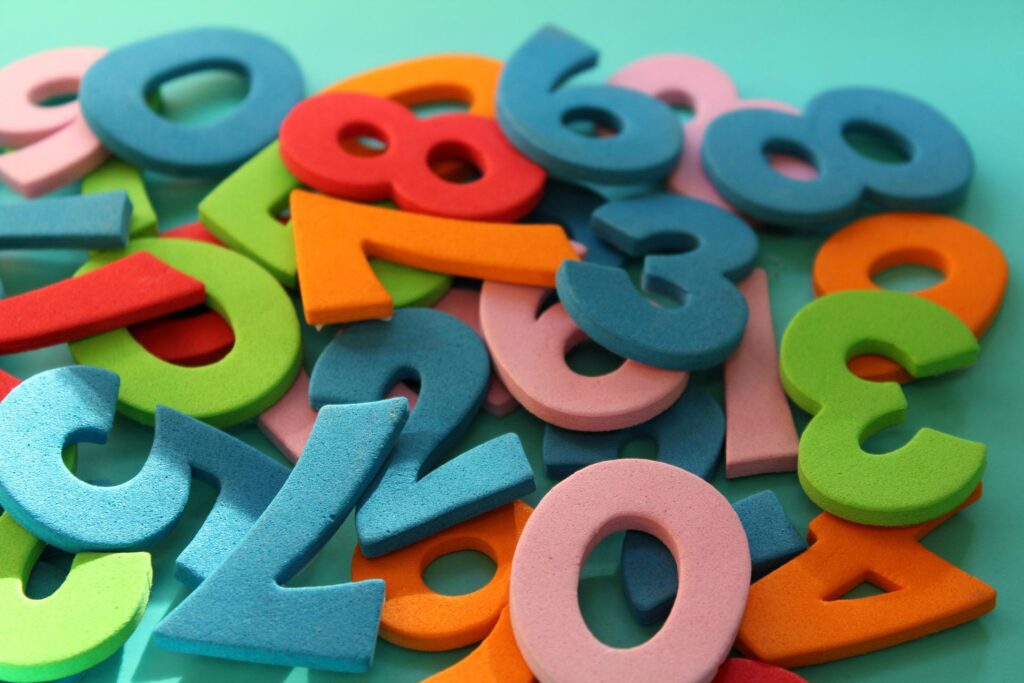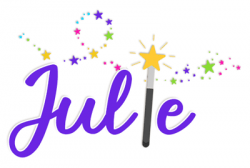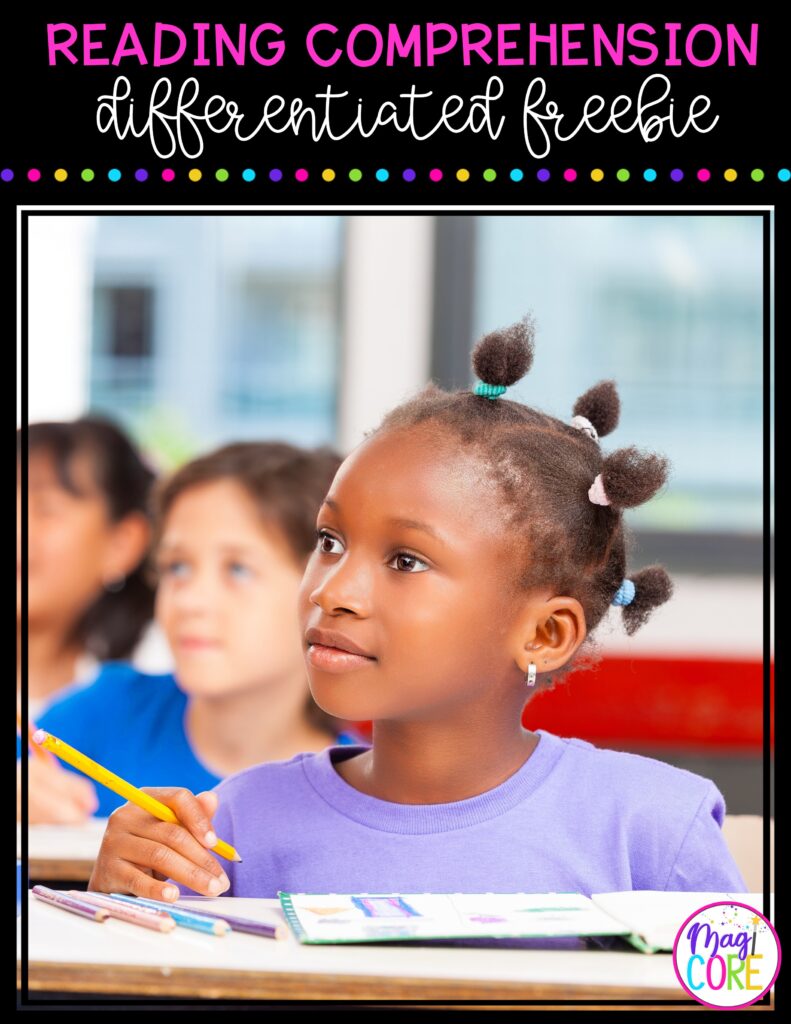Have you ever been standing in a store or restaurant trying to determine the amount of money that you owe or should receive back in change? I told you I show my age a lot 😉.
Whether you have or whether you haven’t, it’s potentially a direct result of your number sense ability. Yes, even as an adult, number sense continues to play a role in our lives. As students in our classroom and even being students once ourselves, we could always peg the kids who were “good at math.” What we didn’t notice at the time were really these “super-smart-good-at-math-kids” just had a strong number sense foundation. Every math skill someway, somehow ties back to number sense. But what exactly is number sense? Number sense is basically the ability to manipulate numbers in fluid ways using multiple strategies. So how do you teach it? Well, you don’t. At least, not explicitly and not all at once.
A teacher doesn’t teach?! BLASPHEMY!
Number sense has to be built through experience and has to be repetitive. There are, however, a lot of different activities and skills you can practice with your students to build number sense.
Count everything all the time and in so many different ways! Rote counting is important, but students also need a plethora of practice counting quantities, so do both interchangeably. Rote count using music or chants, and count by other numbers besides just counting by ones. Count by 2s, 5s, 10s, maybe even 3s. And count backward from 20 (by 1s, 2s, 5s). Count one more or one less than of different items. Count small quantities, but don’t forget large quantities either. Yes, students need to count out 100 objects at some point to have an idea of how large/small the quantity of 100 is compared to other numbers. Thus, the basis of estimation and using benchmark numbers to estimate! Hooray!
Estimating is an important skill used to build number sense whether it seems like it or not. Estimating helps with reasonableness in the long run. Students need to be able to estimate or “guess” at quantities to see how far off/close they are. This helps students determine whether or not an answer is reasonable before they even start to solve it. So, you already know my love for food in math. Estimating is another great way to incorporate food. Students can guess how many Skittles, gummy bears, Cheez-Its, etc. in a jar. The student who guesses the closest can have a few more treats than the others, but everyone gets a treat!
Choose a number of the day and think of every way possible to dissect or show that number. You can have a bulletin board or a section of your whiteboard dedicated to this space. I’ve also used number of the day sheets in a laminated pouch before and let the students do it on their own but personally, I like the whiteboard space better for modeling. I always chose a number for each day and did skills like: ten more, ten less, one more, one less, tens and ones, an addition equation to make that number, a subtraction equation to make that number, a part-part-whole map, showing that number in coins, quantities that are more/less than that number. I have done this years in a row and made it part of my warm-up math routine. It truly works!

It’s important to show numbers in multiple ways. Students need to see numbers in word form, manipulative form, and of course, in numeral form. There are a lot of ways to represent numbers differently just with using manipulatives themselves. To build number sense, students can represent the number 11 multiple ways: unifix cubes, tally marks, counters, ten frames, rekenreks.. you get the idea. Start with the manipulatives themselves and then move to pictures of manipulatives. Memory or matching games make great activities for this skill!
Number Talks is a book by Sherry Parrish and it offers various ways to talk about numbers and computation strategies. These routines are fast and highly effective. You can choose a skill to start with and then follow the number talk “strands” in the book. You’ll be pleasantly surprised how flexibly your students will start to see and discuss numbers!

I hope this gave you some good ideas for growing number sense in your classroom or maybe even your grocery store visits. 😁

We strive to create resources that empower teachers and transform student success. We create skill-focused resources that promote critical thinking, enhance student engagement, and incorporate diversity. Our goal is to develop the tools teachers need to reach their students and foster a lifetime of learning.

